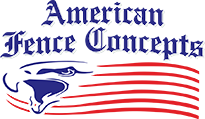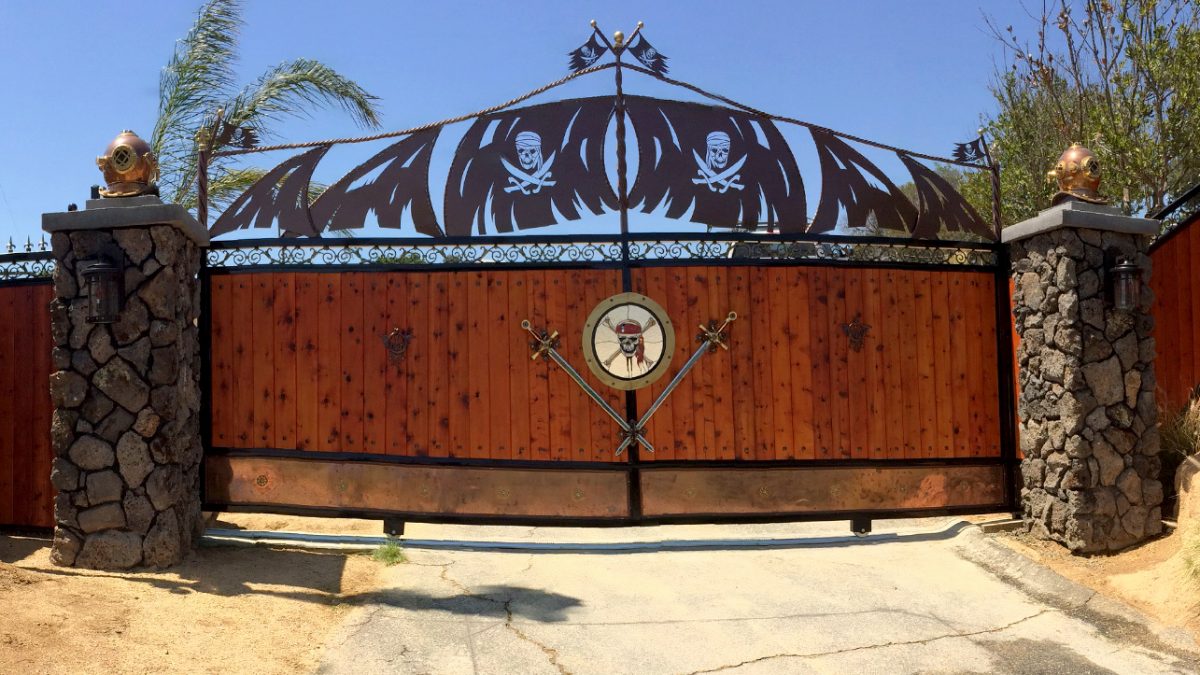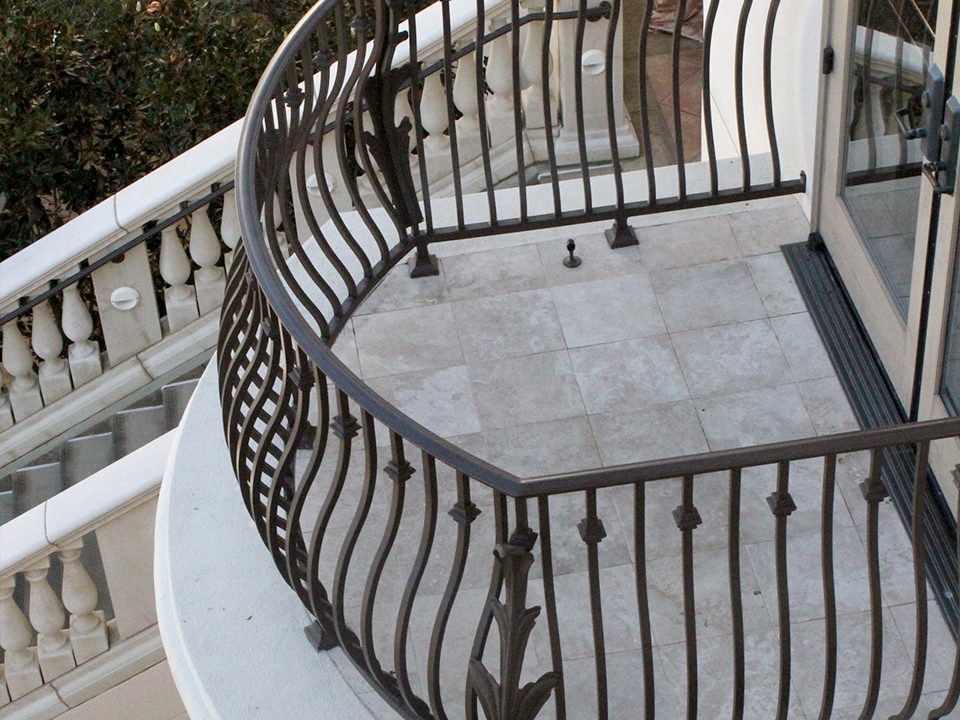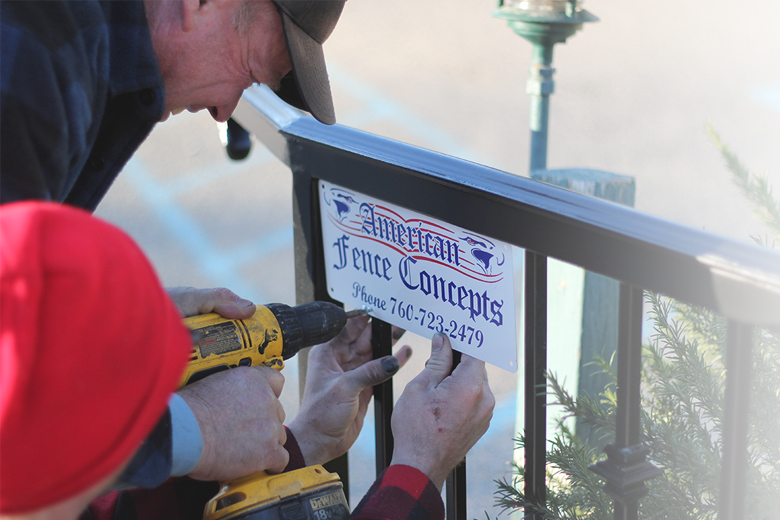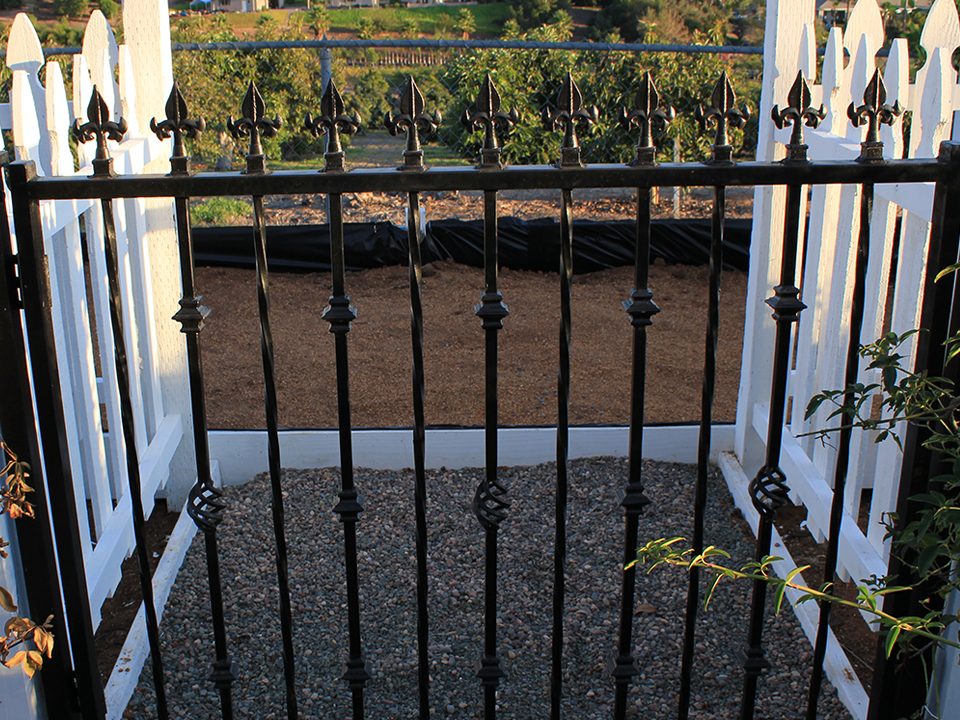- Custom Ornamental Iron Services
- 1-760-877-9951
- BPostal@AmericanFenceConcepts.com
- 1374 S Mission Rd #424, Fallbrook, CA 92028
The History and Evolution of Ornamental Iron Fencing

Integrating Automation into Your Custom Iron Fencing System
January 10, 2025
Custom Fencing Solutions for Commercial Properties
March 15, 2025Ornamental iron fencing has long been a symbol of strength, elegance, and craftsmanship. From its humble beginnings in traditional blacksmith shops to its present-day integration with state-of-the-art technology, the evolution of iron fencing reflects centuries of innovation and design refinement. Today’s custom iron fences blend classic artistry with modern functionality, offering homeowners a timeless option that provides both security and stunning curb appeal.
In this post, we take a comprehensive look at the historical journey of ornamental iron fencing. We explore how early hand-forged pieces set the standard for beauty and durability, how the industrial revolution and subsequent design movements transformed the landscape of ironwork, and how modern technology has introduced high-tech solutions that enhance both security and ease of use. Join us on this historical journey as we trace the evolution of ornamental iron fencing—from its ancient roots to the modern masterpieces that adorn contemporary properties.
Origins and Early Artistry
The art of working with iron dates back to ancient civilizations where blacksmiths were among the most highly respected artisans. Early iron fencing was created by hand in small forges, using simple tools and techniques passed down through generations.
-
Hand-Forging Techniques:
In the early days, each piece of iron was meticulously hand-forged by skilled blacksmiths. These craftsmen heated bars of iron in open fires or primitive forges until the metal became malleable. Then, with hammers and anvils, they shaped the metal into panels, gates, and decorative accents. Every swing of the hammer added not only strength to the piece but also a unique artistic quality—no two pieces were ever exactly alike. -
Cultural Influences:
Different regions developed distinct styles that echoed local culture and available resources. For instance, Mediterranean designs often featured flowing curves and ornate scrollwork, influenced by the artistic traditions of ancient Greece and Rome. In contrast, Northern European ironwork tended to favor robust, geometric shapes that emphasized functionality and security. These early designs laid the groundwork for ornamental iron fencing as both a practical solution and a form of decorative art. -
Symbolism and Function:
Beyond security, early iron fences were imbued with symbolic meaning. They often represented strength, protection, and status, marking the boundaries of estates and fortifications. As communities expanded, iron fencing evolved from simple barriers to elaborate designs that communicated power and sophistication.
The Golden Age of Ornamental Iron Fencing
The Renaissance and subsequent eras witnessed a significant flourish in the art of ornamental ironwork. With improved forging techniques and a renewed interest in classical art, iron fencing became a canvas for elaborate designs that enhanced architectural beauty.
-
The Renaissance Influence:
During the Renaissance, there was a revival of classical art and learning. Blacksmiths began incorporating intricate motifs inspired by mythology, ancient architecture, and nature. Ornamental iron fences from this era often featured elaborate scrolls, floral patterns, and heraldic symbols. The resulting works were not only functional but also visually captivating, embodying a harmonious balance between strength and beauty. -
Victorian Extravagance:
In the 19th century, the Victorian era saw ornamental iron fencing reach new levels of sophistication. With greater technological advances and the advent of industrialized tools, artisans could produce more complex designs with increased consistency. Gates and railings adorned with detailed embellishments became popular in affluent neighborhoods, symbolizing both luxury and security. The attention to detail during this period set a high standard for custom iron work that continues to influence designers today. -
Architectural Integration:
During these periods, iron fencing was often designed to complement the architectural style of stately homes, public buildings, and urban boulevards. The elegance of iron was used to frame entrances, define gardens, and even serve as decorative barriers along wide avenues. It was an era where art met function in a way that both protected and elevated the structures it embraced.
The Industrial Revolution and Its Impact
With the onset of the Industrial Revolution, the production of iron fencing underwent significant changes. New machinery, improved metallurgical processes, and mass production techniques began to alter the landscape of ironwork.
-
Mechanization and Standardization:
As mechanical tools replaced some of the traditional methods, iron work could be produced in larger quantities and with greater uniformity. This shift allowed for the democratization of ornamental iron fencing; what was once only available to the wealthy became accessible to a broader market. Despite the increase in production speed and volume, many companies still placed a high emphasis on maintaining the aesthetic qualities that had long defined custom iron work. -
Innovation in Techniques:
The improved efficiency of mass production did not entirely replace the art of hand-forging. Many high-end and custom projects continued to rely on traditional techniques to preserve the bespoke nature of the work. In many cases, the best of both worlds emerged: the structural advantages of mass production paired with the detailed artistry of traditional craftsmanship. -
Design Evolution:
During this time, the designs of iron fences began incorporating more industrial and utilitarian elements. Simple, robust lines were paired with embellishments that subtly nodded to the artistic traditions of earlier eras. As manufacturing technologies advanced, it became possible to produce hybrid designs that merged classic ornamentation with modern, minimalist aesthetics. This evolution set the stage for the sophisticated custom iron fencing solutions available today.
Modern Innovations and High-Tech Solutions
Today, the world of ornamental iron fencing is at the intersection of age-old traditions and cutting-edge technology. Modern custom iron fences are not only visually stunning but also equipped with technological enhancements that make them more secure, efficient, and user-friendly.
-
Computer-Aided Design (CAD) and CNC Machining:
One of the major advancements in modern iron work is the integration of CAD software and CNC machines in the design and fabrication processes. These technologies allow for precision and consistency in creating intricate patterns and complex shapes. Designers can now experiment with innovative motifs and spatial configurations that were once impossible to achieve by hand alone. This synthesis of technology and tradition results in custom pieces that honor the heritage of iron work while embracing the future. -
Automation and Smart Features:
Modern iron fencing is increasingly integrated with automated gate systems and smart security features. Automatic gates, remote monitoring, and advanced locking mechanisms are becoming standard in high-end installations. These features enhance the functionality of traditional iron work by making it more convenient and secure. Homeowners can now manage access to their property through mobile applications, receive real-time alerts, and even integrate their iron fences with broader smart home systems. -
Sustainable Practices and Eco-Friendly Finishes:
Sustainability is a significant focus in modern construction, and the iron work industry is no exception. Many contemporary projects utilize recycled or reclaimed iron, reducing environmental impact while retaining the material’s inherent strength and aesthetic appeal. Additionally, eco-friendly coatings and galvanization techniques help extend the life of the iron, ensuring that it can withstand harsh weather conditions with minimal maintenance. -
Customization at Scale:
With modern production techniques, custom iron fencing is more accessible than ever. Homeowners have a wide array of options regarding design, finish, and integrated technology. Even with automation and mass production tools, the essence of custom craftsmanship is preserved, allowing for detailed, personalized designs that cater to specific architectural styles and personal preferences.
The Enduring Legacy of Ornamental Iron Fencing
Despite the many changes over the centuries, the core principles of ornamental iron fencing remain largely unchanged. At its heart, custom iron work is about transforming a functional barrier into a work of art—an investment that marries beauty, security, and durability.
-
Timeless Aesthetics:
The designs that emerged during the Renaissance and Victorian eras continue to inspire modern artisans. The allure of ornate scrollwork, elegant curves, and intricate detailing is timeless. Even as technology advances, these aesthetic values are preserved, proving that true craftsmanship transcends trends and eras. -
Emphasis on Quality and Longevity:
Throughout its evolution, iron fencing has been synonymous with strength and resilience. Whether hand-forged in a rustic workshop or fabricated using modern machinery, high-quality iron work has always prioritized durability. This focus on longevity ensures that even today, a custom iron fence is an enduring investment, capable of protecting and beautifying a property for generations. -
A Fusion of Past and Future:
The modern landscape of ornamental iron fencing is a testament to how far the craft has come. It is a fusion of historical artistry and forward-thinking innovations, where traditional techniques coexist with modern technology. This balance ensures that each custom installation not only tells a story of heritage and craftsmanship but also embraces the conveniences of the modern era—creating a product that is both timeless and contemporary.
Conclusion
The history and evolution of ornamental iron fencing are rich with tradition, innovation, and artistic passion. From the early days of hand-forged masterpieces to today’s high-tech, automated solutions, iron fencing has continuously evolved while retaining its core values of strength, beauty, and security. Each phase of its development has contributed to the exquisite, custom-designed pieces we see today—pieces that not only serve as robust security features but also as striking works of art.
Investing in custom ornamental iron fencing is more than a practical decision; it is a commitment to preserving a rich legacy while embracing the future. The enduring appeal of these structures lies in their ability to blend historical craftsmanship with modern functionality, ensuring that your property remains as secure as it is beautiful.
If you’re ready to add a piece of timeless art to your property—a custom iron fence that embodies centuries of skill, innovation, and design excellence—we’re here to help you create that legacy.
Call us now at 1-760-877-9951 to schedule a personalized consultation and discover how our bespoke ornamental iron fencing solutions can transform your home into a secure, elegant masterpiece.
